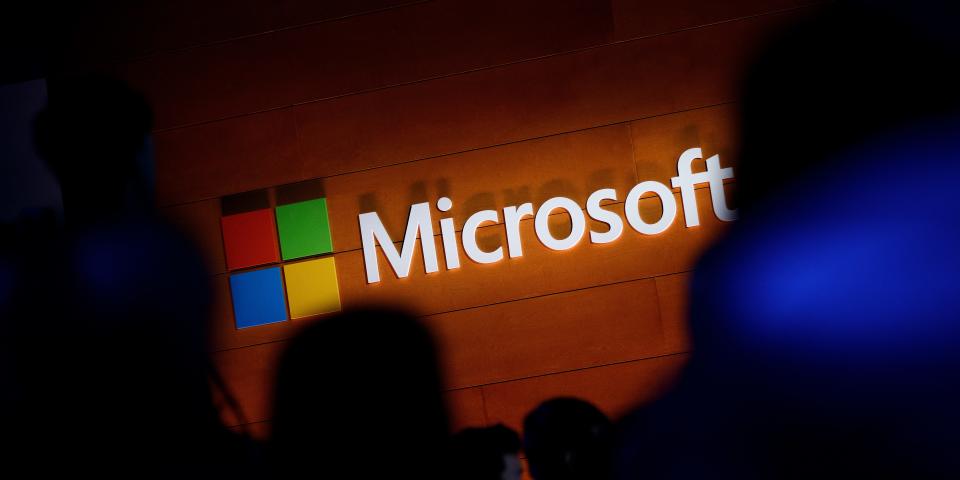Microsoft has 17% upside potential and upcoming earnings will show strong AI-driven growth, Bank of America says

Bank of America raised its Microsoft earnings estimate by 1% above their $60.5 billion Q3 revenue forecast, expecting a 16.6% stock upside.
The bank expects the tech giant's solid 11% year-over-year growth, fueled by Azure and M365 strength.
However, BofA sees Microsoft's valuation remain steady, driven by the booming AI market projected to reach $944 billion by 2027.
Wall Street is eagerly awaiting Big Tech earnings to show signs the artificial intelligence revolution is well underway, and Microsoft's first-quarter results next week may show that playing out.
According to Bank of America, the tech giant's April 25 earnings release should be upbeat, with the bank upping its earnings estimate by 1%, primarily on the back of strength in the Azure and Microsoft 365 segments. The bank maintained its $480 price target, representing potential upside of nearly 17% from levels on Thursday.
The bank sees 11% year-over-year growth "stemming from sustained Azure and M365 strength," BofA strategists Brad Sills and Adam Bergere said in a note on Thursday.
The bank also predicts Microsoft's next growth surge will likely hinge on major advancements in AI-related products, such as a surge in M365 Copilot users or a boost in Commercial Office ASP.
"[W]e believe the next catalyst for Microsoft shares will be evidence that key AI-related product cycles are gaining traction via incremental growth metrics such as M365 Copilot users or via accelerating Commercial Office ASP (from the current 6% to 7% level)," the analysts wrote.
Breaking it down, BofA sees the segment growing 11.5% year-over-year, with revenue surging to $19.5 billion thanks to better Commercial Office growth.
Despite trading at 37 times projected 2025 free cash flow, the bank foresees Microsoft's valuation holding steady, propelled by the burgeoning AI market, which the analysts expect to grow to $944 billion by 2027.
Shares of Microsoft traded at $407.10 at 1:20 p.m. ET on Thursday, down by about 1% on the day.
Read the original article on Business Insider

 Yahoo Finance
Yahoo Finance 